If you think modern medicine can be a little questionable, wait until you hear what doctors got away with in the 20th century. Some of the so-called “treatments” sound like they were ripped from a mad scientist’s notebook—except real people actually went through them. For the modern person, they’re shocking reminders of how far medicine has come.
Chloroform
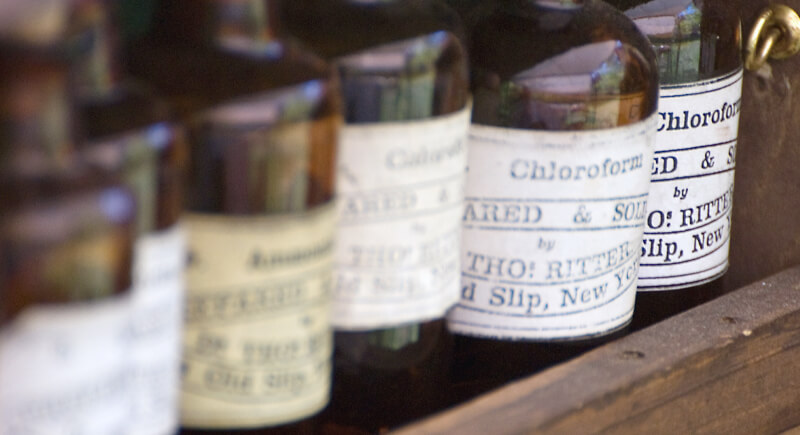
Modern anesthesia seems nerve-wracking, but be glad you weren’t around when doctors used chloroform like a magic sleep potion. In the mid-19th and early 20th centuries, they’d douse a rag, press it over your face, and hope you passed out. Too little, and you’d wake up mid-procedure. Too much, and, well… you’d never wake up at all.
Bloodletting
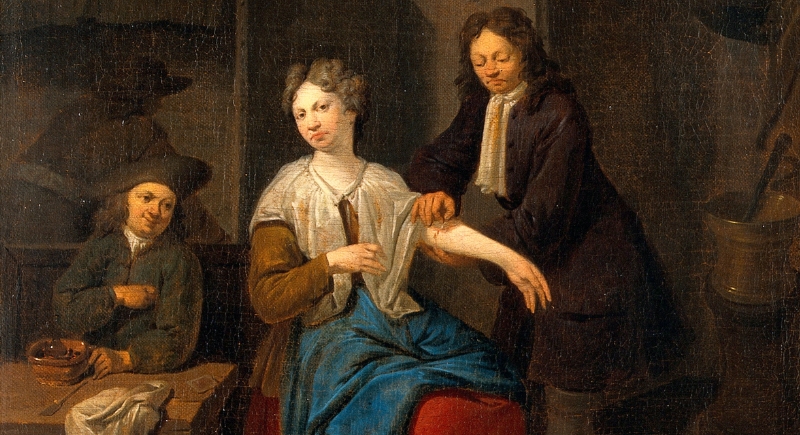
Bloodletting stuck around well into the 20th century, with even George Washington losing nearly half his blood. The thinking was simple (and wildly incorrect): too much blood made you sick, so taking some out would fix you right up. Eventually, medicine moved past the idea that draining the life out of people was a cure.
Arsenic
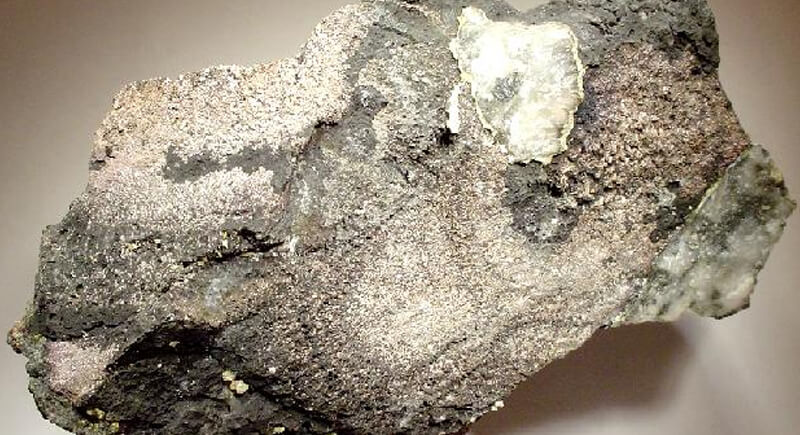
Arsenic: lethal by reputation, cure by prescription. For centuries, doctors looked past its deadly nature and saw it as a miracle fix for everything from fevers to syphilis. In the 18th century, Thomas Fowler bottled it up in Fowler’s Solution, an arsenic-laced tonic that people actually drank. It became so popular that its lethality was just a minor inconvenience.
Mercury
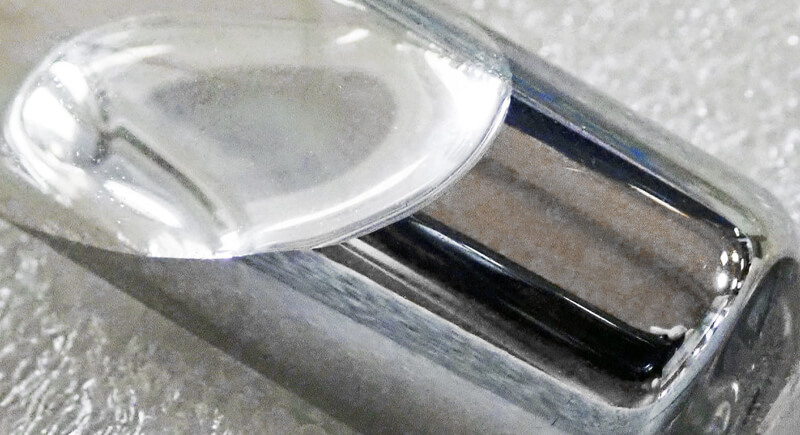
Past doctors had a wild idea—why not use mercury, a literal hazard, as medicine? For centuries, it was the go-to fix for everything from constipation to depression. Even Abraham Lincoln reportedly took them, which might explain some of his mood swings. Eventually, science stepped in and pointed out the obvious—mercury wasn’t helping, and the practice fizzled out.
Urine Therapy
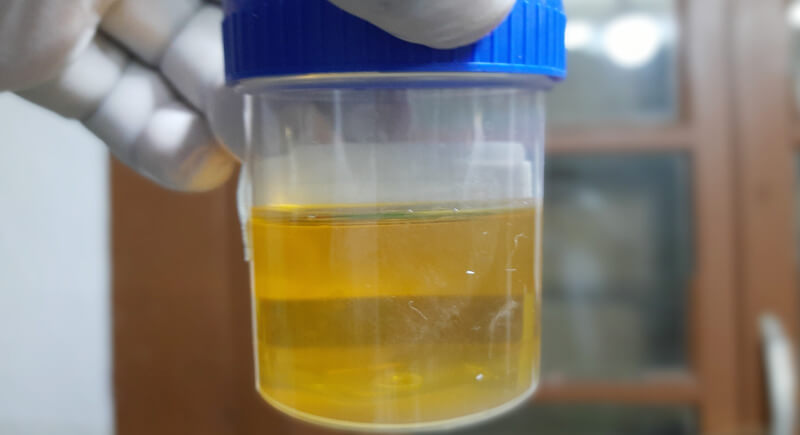
Of all the bizarre medical practices in history, few can top the centuries-long belief that urine was a miracle cure. Ancient Indian texts described Shivambu Kalpa, a practice of drinking urine to treat everything from asthma to arthritis. Even the Romans believed in a similar practice. Apparently, if it came from the body, someone, somewhere, thought it was medicine.
Trepanning
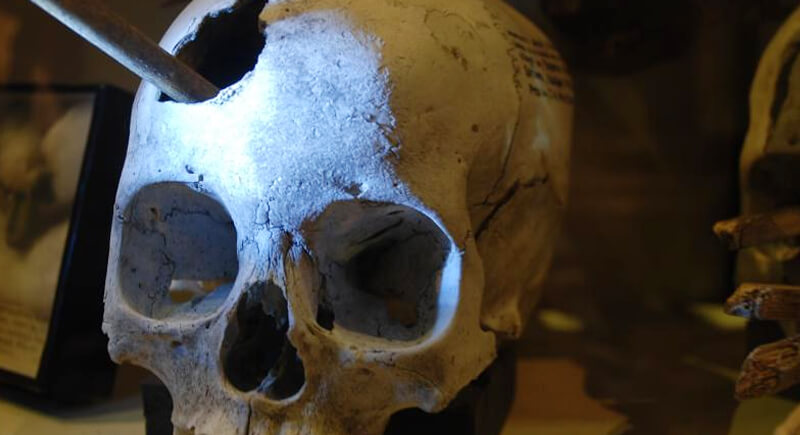
Back in the day, if you had a splitting headache or a seizure, your doctor wouldn’t hand you medicine—they’d tell you the cure was a hole in your skull. Trepanning, the practice of drilling holes into the cranium, dates back to 6500 BCE. Archaeologists have found trepanned skulls worldwide, proving people believed head holes were the cure-all.
Cupping Therapy
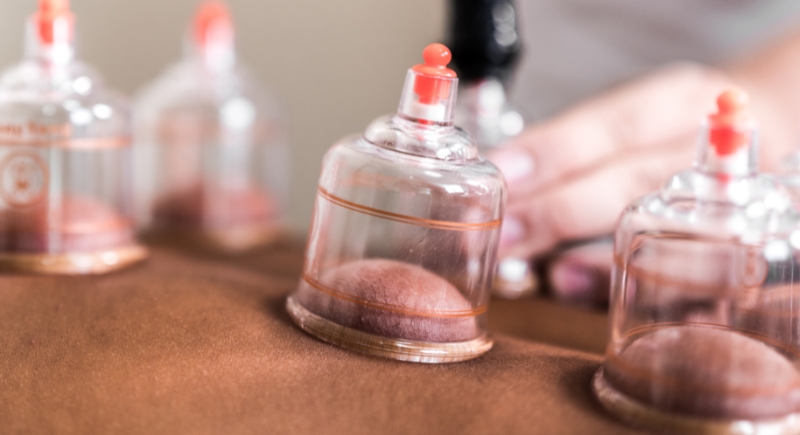
If any of your ancestors had pain, illness, or just bad luck, someone probably tried to “suck it out” with cupping. The Egyptians used it back in 1550 B.C., the Chinese thought it pulled out impurities in 281 A.D., and even Hippocrates, the OG of medicine, used it for treating internal issues.
Mummy Powder
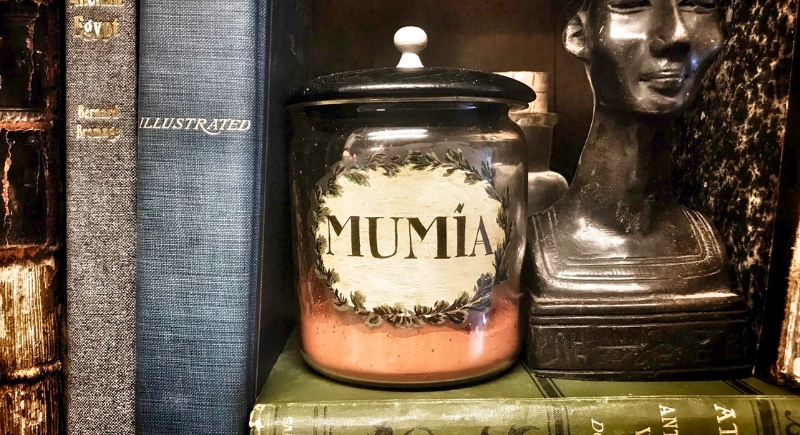
Medieval Europe had a truly bizarre take on medicine—grinding up Egyptian mummies and swallowing the dust. The whole mess started with a mistranslation of the Arabic word mūmiyāʔ, which actually referred to medicinal asphalt. Having misunderstood the term, Europeans assumed that resin-soaked mummies were packed with healing properties and eagerly turned them into medicine cabinet essentials.
Nightshade

With millions of plants to trust for pain relief, choosing “Atropa belladonna,” a.k.a. Nightshade, was a bold choice. This beauty was once a staple in medicine, with belladonna plasters slapped onto aching backs and arthritic joints. The margin for error was terrifyingly slim. A slight surplus could cause hallucinations, seizures, or worse.
Milk-based Blood Transfusions
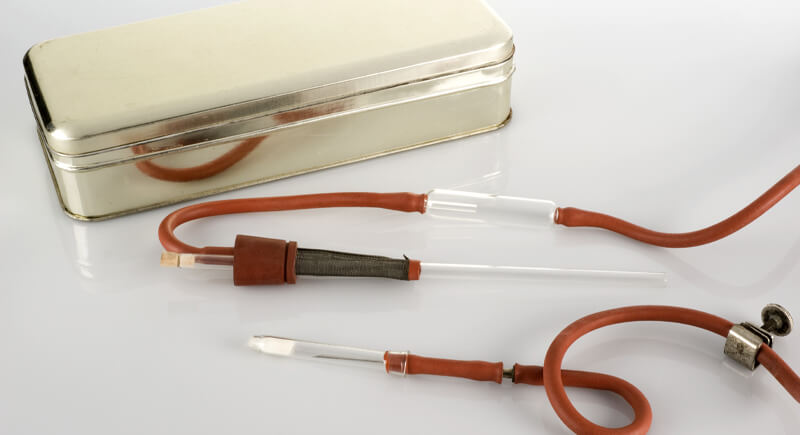
Desperate times call for desperate measures, but doctors took things to a whole new level—by injecting patients with milk. Despite the risks, milk transfusions gained traction in North America. While a few patients saw brief improvement, most experienced terrifying side effects—chest pain, headaches, and eye movement issues were the least of their troubles.
Hemiglossectomy
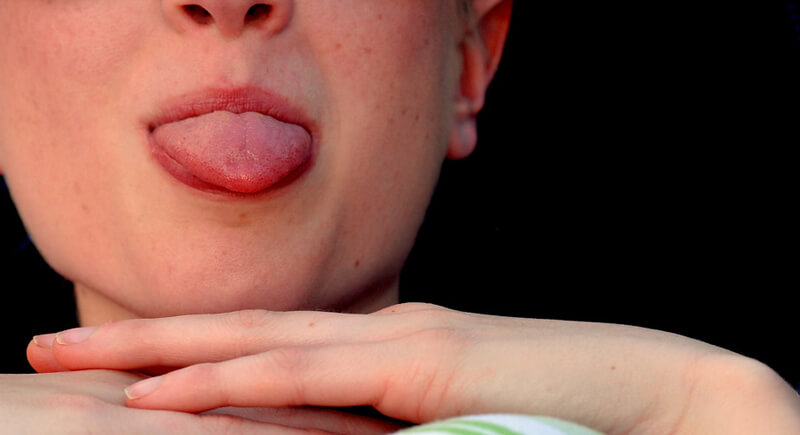
Medical history is full of terrible ideas, but removing half a person’s tongue to “cure” stuttering might be one of the worst. Doctors used to believe that physically altering the speech organ would magically fix the problem. The only thing this brutal procedure actually accomplished was making life far more miserable for those who underwent it.
Vin Mariani
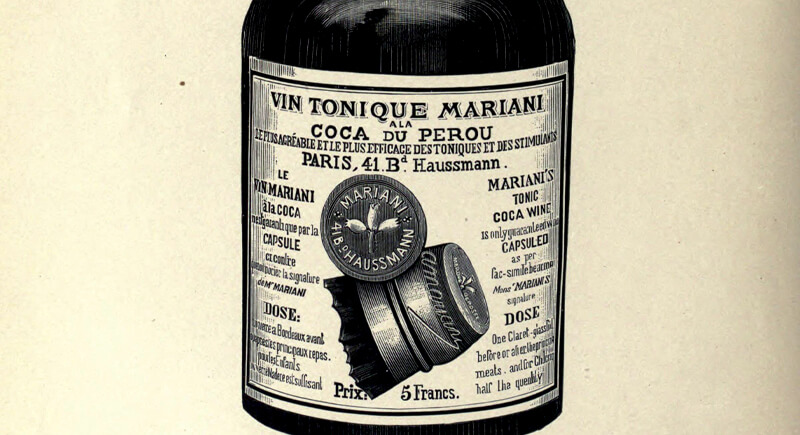
French chemist Angelo Mariani decided that if you needed an energy boost, you shouldn’t grab a coffee—you should get Vin Mariani, a creation infused with coca leaf extract. Even Pope Leo XIII used it and was so impressed he awarded Mariani a Vatican gold medal. As concerns about its effects grew, stricter laws shut Vin Mariani down.
Paraffin Wax Injections
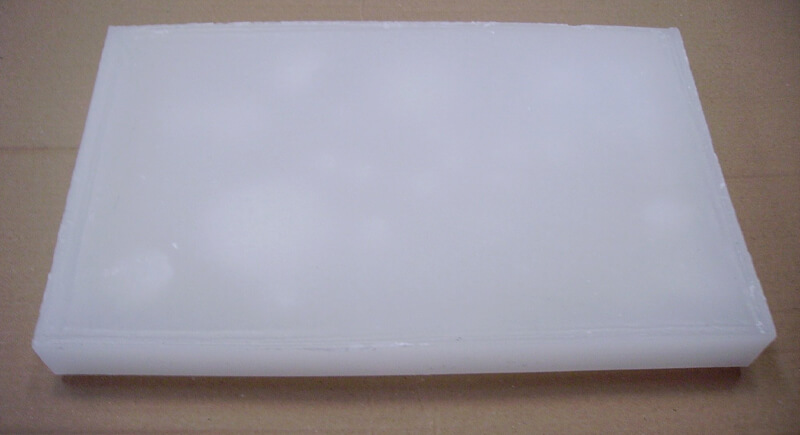
Chasing youth has led to some questionable beauty trends, but not as disastrous as paraffin wax injections. It all started when Austrian surgeon Robert Gersuny experimented with mineral oil to create a testicular prosthesis (yes, really), and when that worked, he figured—why not try it on faces? Spoiler alert: it did not go well.
Mrs. Winslow’s Soothing Syrup
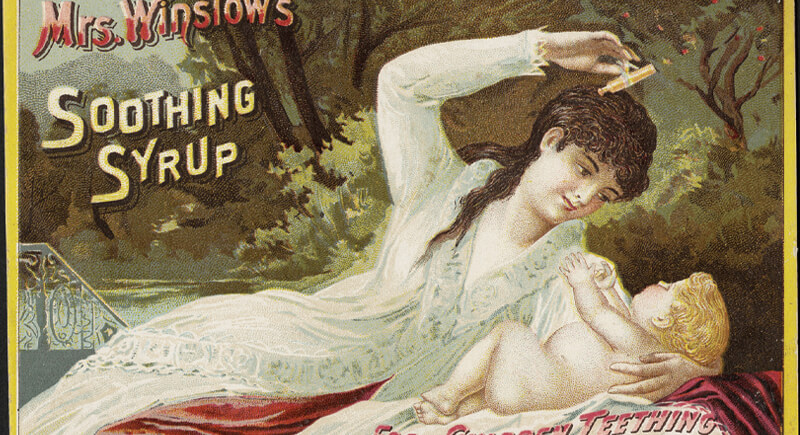
Getting a teething baby to sleep is a struggle, but 19th-century parents had a “miracle” fix—Mrs. Winslow’s Soothing Syrup. Ads showed peaceful babies, but they left out one tiny detail—each ounce packed 65 milligrams of morphine. Parents, unaware of the danger, trusted the syrup, which led to morphine dependency. Still, it remained on the market until the 1930s.